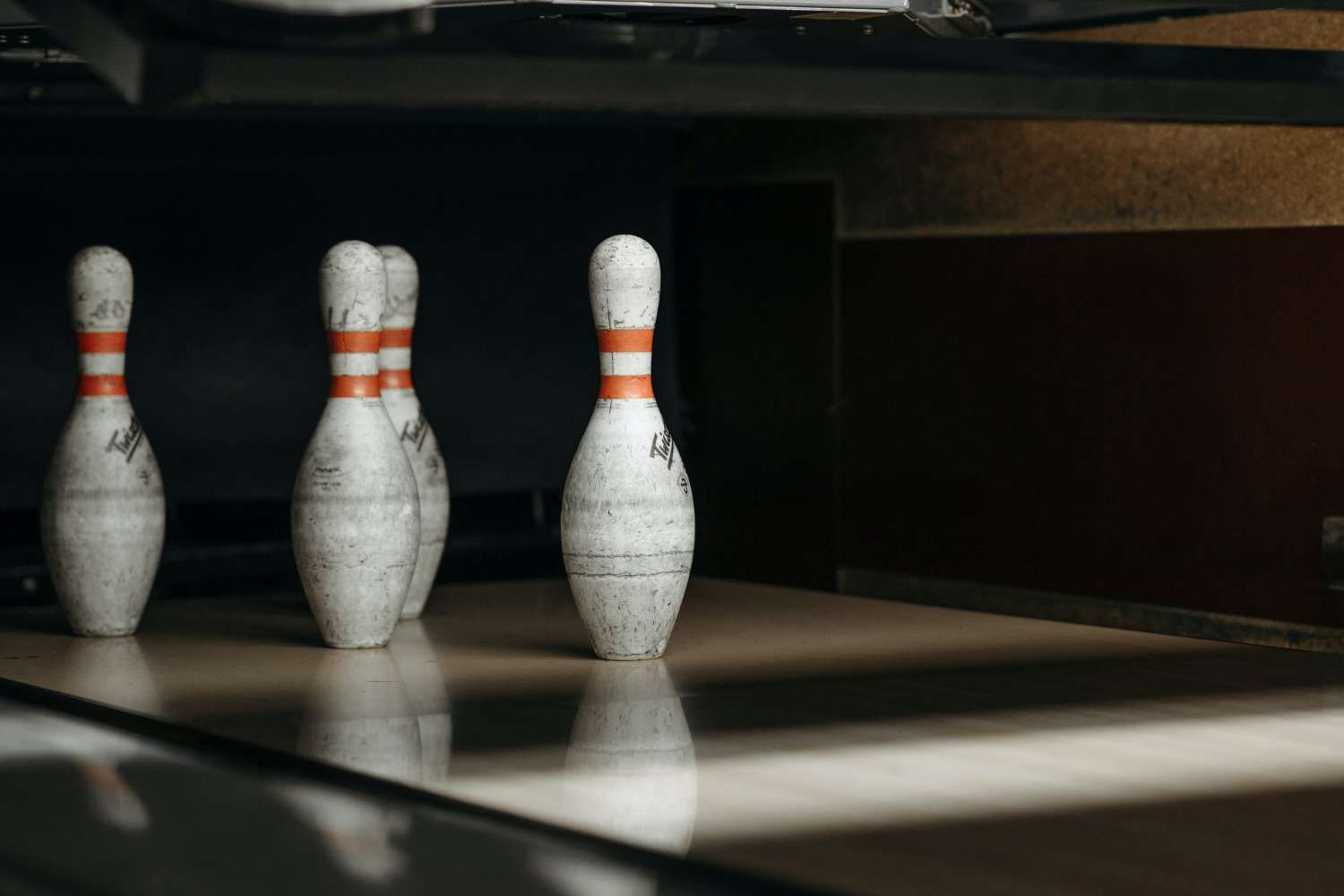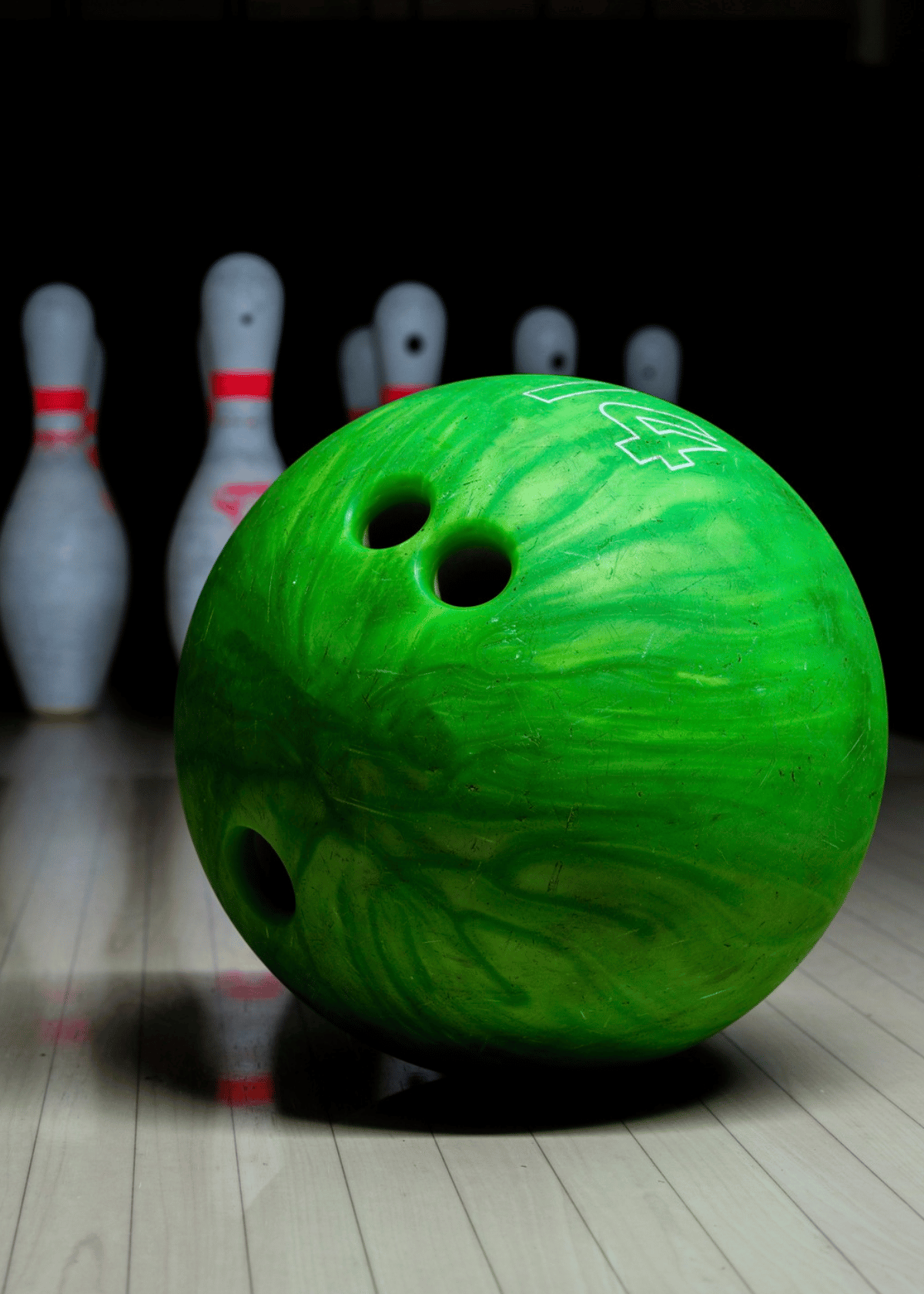Bowling has been a popular sport for decades, bringing together friends, family, and even strangers for a fun and competitive pastime. And for even the most experienced bowlers, picking up those tricky spare shots can sometimes be a challenge.
One of the most commonly difficult spares to pick up is the bucket. In this blog, we'll explore what a bucket in bowling is, why it's called that, how to identify the formation and various strategies for success in picking it up.
What Is a Bucket in Bowling?
A bucket is a spare formation in bowling that consists of 2 and 4 pins, with the 5 and 8 pins positioned tightly between them. It's often referred to as a cluster because of its compact formation.
When the ball hits the pocket, it can displace the 5 and 8 pins, leading to this formation. It's considered a tricky spare as it requires particular precision to knock down all four pins.
Another typical bucket formation includes the 3 5, 6, and 9 pins - something a little harder to convert into a spare. The configuration of 2-4-5-8 is widely recognized as the "Big Four," while the configuration of 3-5-6-9 is commonly referred to as the "Little Four."
Why Is It Called a Bucket?
The origin of the term "bucket" is not entirely clear, but there are a few theories. Some bowlers believe it's called a bucket because the 5 and 8 pins resemble the handle of a bucket.
Others think that it's called a bucket because the formation looks like a bucket with two pins on either side. Regardless of the origin of the name, the bucket is a dreaded formation among bowlers.

The Definition of a Bucket: Understanding the 4-Pin Cluster
The bucket formation entails four pins grouped together in a compact and challenging pattern. Knocking down all four pins at once is not easy and requires specific techniques and precision shots. The 2 and 4 pins are crucial in the "Big Four" formation, and the two-pin placement can affect how the ball interacts with this spare. As well as the 3 and 5 pins in the "Little Four."
The Anatomy of a Bucket: Identifying the Formation
The bucket is composed of four pins. In the "Big Four" formation, the 2 and 4 pins are placed on one side, while the 5 and 8 pins are positioned between them. The two-pin placement makes it difficult to knock down all four pins with a single hit.
In the "Little Four," you'll find a 3 and 5 pin on one side with a 6 and 9 pin between them. This formation is harder to convert into a spare, as it requires more precision than the "Big Four".
Spare Strategies for Taking Down a Bucket
The key to tackling a bucket is maintaining balance and accuracy when throwing your shot.
An important tip is to keep your eyes on the 2 and 4 pins in the "Big Four" formation, as they are usually set at an angle that makes them difficult to knock down in a single shot. Try aiming at the center of the 2 and 4 pins, as this is often the most effective way to hit all four pins.
For the "Little Four" formation, target your ball close to the center of the 3-5-6-9 pins. It's also helpful to adjust your release point as close to the center of this pin formation as possible. This will help you maximize your chances of knocking down all four pins in one shot.
Finally, use a lighter ball if needed, as this can increase your accuracy when targeting the bucket formation. With practice and patience, you'll eventually be able to pick up any cluster or bucket with confidence.
The Challenge of Picking Up a Bucket: Why It's Tricky
The bucket is widely considered one of the most challenging spares to pick up in bowling. The main reason it is so challenging is that it requires accuracy and precision in both speed and angle.
The ball must hit the pocket correctly, and the spin and speed must be precise to ensure that the ball connects with all four pins in the formation.
It's also important to remember that the two-pin placement can influence how the ball interacts with this spare. In the "Little Four," the 3 and 5 pins must be aligned correctly for a successful shot.

The Role of Spin and Speed in Bucket Spares
The spin and speed of the ball are critical factors in successfully knocking down a bucket spare. Too little spin and the pins can remain standing. Too much spin and the ball can push pins apart, leading to split pins that are harder to clear.
The speed of the ball is also important, with a slower ball speed being ideal for knocking over the pins.
When playing a bucket spare, it's important to add enough spin to the ball so that it connects with all four pins.
However, too much speed and spin can make the shot more difficult as the ball could push the pins apart. The key is finding a balance between speed and spin that will ensure an accurate and successful shot.
Common Mistakes When Trying to Clear a Bucket
The most common mistake when trying to clear the bucket formation is not being accurate enough with the ball's placement and trajectory. Misjudging the angle or spin can lead to split pins or failing to clear any pins at all.
Another mistake is the tendency to rush the shot, leading to less accuracy and missed opportunities.
It's also important to avoid over-compensating and throwing the ball too hard or with too much spin. This can push pins apart, making it more difficult to clear them in one go.
Finally, don't forget that the placement of the two-pin can affect your chances of success. For both the “Big Four” and “Little Four” clusters, it's important to adjust your shot accordingly.
How Pros Handle the Bucket: Insights from Bowling Champions
Professional bowlers have unique techniques for handling bucket formation. Many use the straight ball approach, while others prefer the hook approach.
One common theme amongst professionals is the use of consistent speed to ensure accuracy in each shot. Practice and experience are also crucial in handling this spare efficiently.
Pros are also known for their ability to alter the spin and speed of a ball depending on the formation. This helps them hit all four pins with greater ease, as the altered spin and speed create better contact between the pins and the ball.
Additionally, experts will use different bowling balls depending on the situation, as lighter balls can help when targeting clusters or buckets.
Practice Drills for Perfecting Your Bucket Spare Shots
The best way to improve at handling the bucket formation is through consistent practice. One drill to improve your accuracy is to focus on hitting the 2-pin straight-on, creating the proper angle and trajectory for the other pins.
Another drill is to imagine specific scenarios where the bucket forms, allowing you to adjust your technique accordingly.
Finally, it's important to watch professionals and learn from their techniques. Analyze how they adjust the ball speed and spin depending on the formation, as this can help you develop your own style for tackling any bucket.
With enough practice, you'll soon be able to pick up any cluster or bucket with confidence.
Conclusion
The bucket is a challenging spare formation in bowling that requires accuracy and precision in both speed and angle.
Successful execution requires identifying the formation, using the right technique, and focusing on consistent speed and spin.
Remember that aiming at the center of specific pin formations can help you succeed with the bucket.
This will maximize your chances of knocking down all four pins in one shot and further improve your accuracy when targeting clusters or buckets. Additionally, a lighter ball can help increase your accuracy when bowling a bucket spare.
Practice and experience are crucial for perfecting this difficult spare. With the tips shared in this post, we hope that you can tackle the bucket and improve your overall bowling score. Good luck! Happy Sparing! :-)
Unveil the ultimate bowling equipment of today! Discover the top picks currently dominating the market.
Explore our diverse selection of bowling and sports & fitness blogs!
















